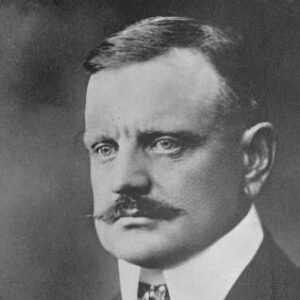Brighton Philharmonic Orchestra
Sian Edwards, Joanna McGreggor, Ruth Rogers
Brighton Dome
03 December 2023
It was good to see the Dome fuller than usual for this concert and although it was a grown-up, not particularly crowd-pulling, programme, there were a number of families there with children.
It’s an interesting decision to put Arvo Pӓrt alongside Sibelius. Estonia, Pӓrt’s homeland, was part of the Soviet Union so he faced all the artistic problems of trying to keep on the right side of the regime – or not. Finland, struggled for independence earlier in the century with Sibelius as one of its most famous nationalists. So there are big differences and parallels. And yet, Helsinki and Tallin are only 55 miles apart across the Gulf of Finland.
The concert opened with Pӓrt’s Spiegel in Spiegel. It’s a duet played on radio so often that it’s very familiar but I hadn’t heard it live before. Ruth Rogers, MSO’s very competent and charismatic leader, gave us all those spell-binding, deceptively simple long legato notes while Joanna McGreggor played the bell-like piano part. The performance was both moving and attractive.

Arvo Part
Then Sian Edwards emerged from where she’d been seated behind the piano to conduct Lamentate also by Pӓrt. Dating from 2002 it’s a homage to Anish Kapoor and his sculpture Marsyas. Although it’s scored for piano and orchestra, it’s not in any sense a concerto. Rather, the piano is used as an additional pitch percussion instrument (along with xylophone and glockenspiel) across the piece’s ten short episodes.
There’s much wistful simplicity in the piece. I admired the silky string sound which BPO produced along with some excellent wind work. Edwards’s conducting style is, in some ways, reminiscent of Adrian Boult whom I saw live several times in my youth (although her baton is a lot shorter). She beats time with impeccable clarity and steadiness while at the same time coaxing plenty of drama and colour from her players.
And so to Sibelius’s second symphony, lots of D major and reduced forces. The score requires no percussion except timps. Edwards gave us all the quivering intensity the opening needs and some nicely asserted brass statements. The string work was very clearly articulated and I really liked the control in the pianissimo ending. Then came the brooding angst of the andante with plenty of the rubato the composer stipulated. The third movement is a terrifying race but Edwards kept it under control. It’s hard to know what to do with the fourth movement. All those rits and returns to the nationalistic “big tune” can become cheesy. Edwards side-stepped that neatly by running with the climaxes but highlighting the dynamic contrasts and that worked well. Moreover I admired the woodwind work – especially bassoons and flutes – in the final pages and the crunchy chords from the brass at the end were a treat.

Jean Sibelius